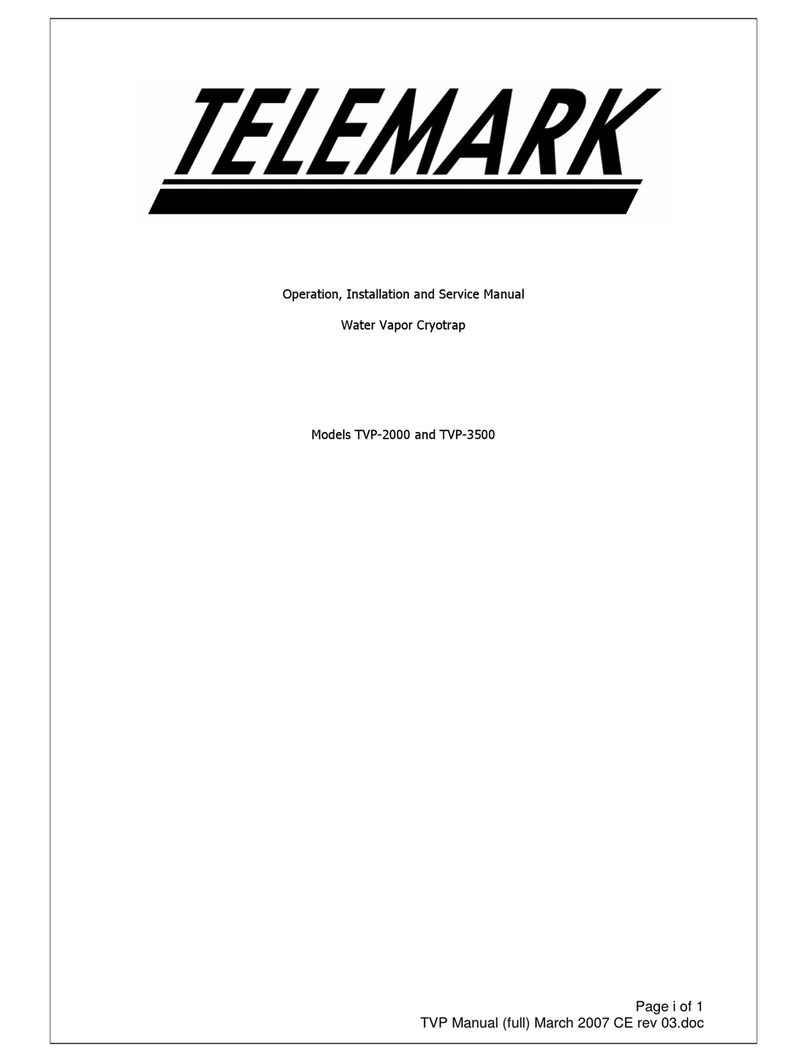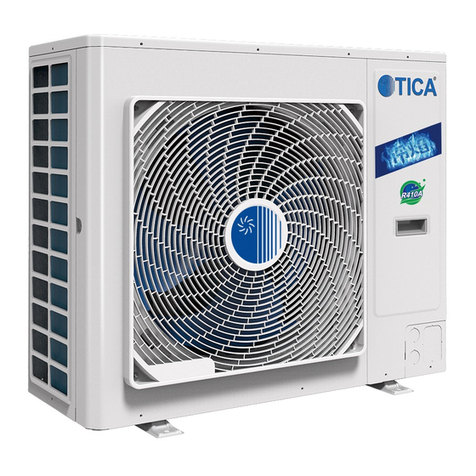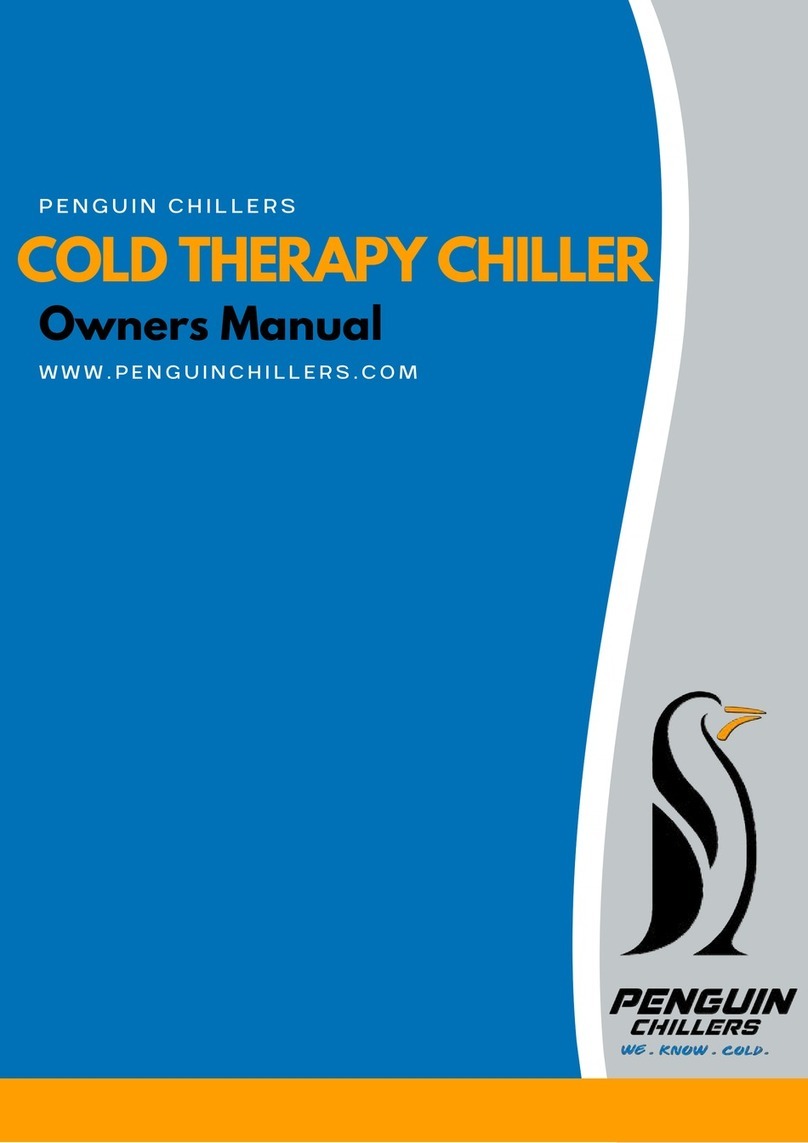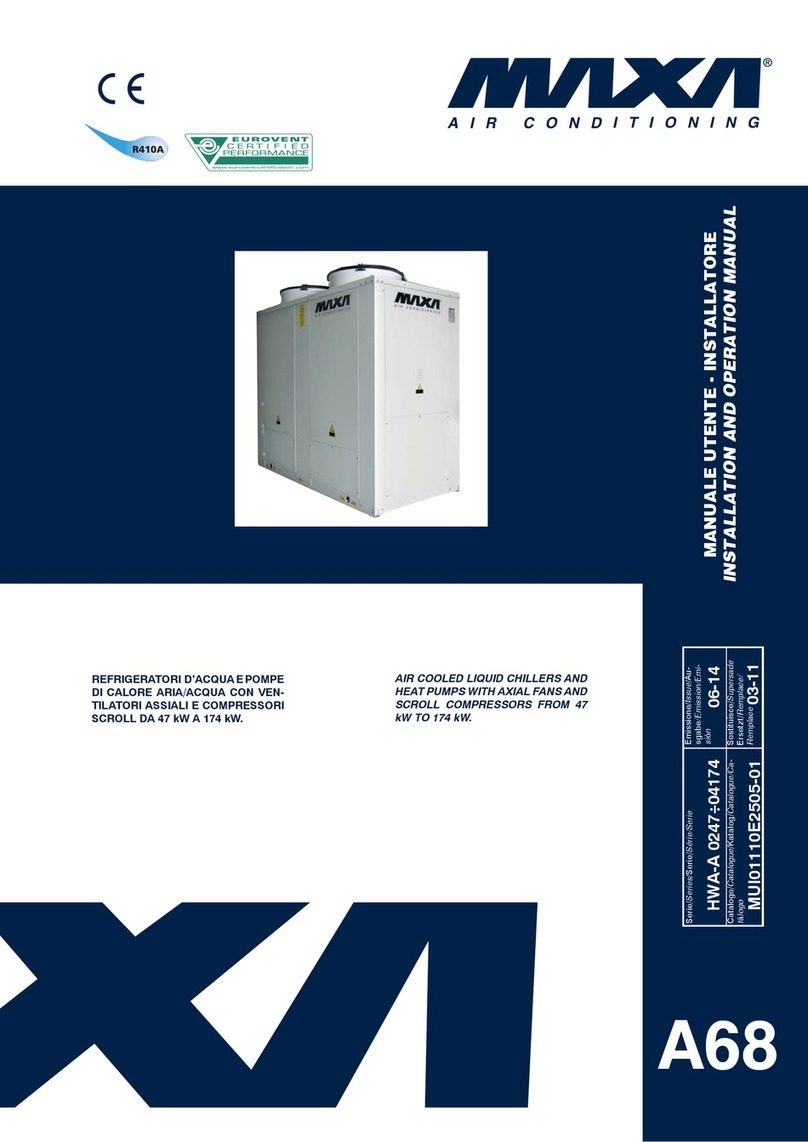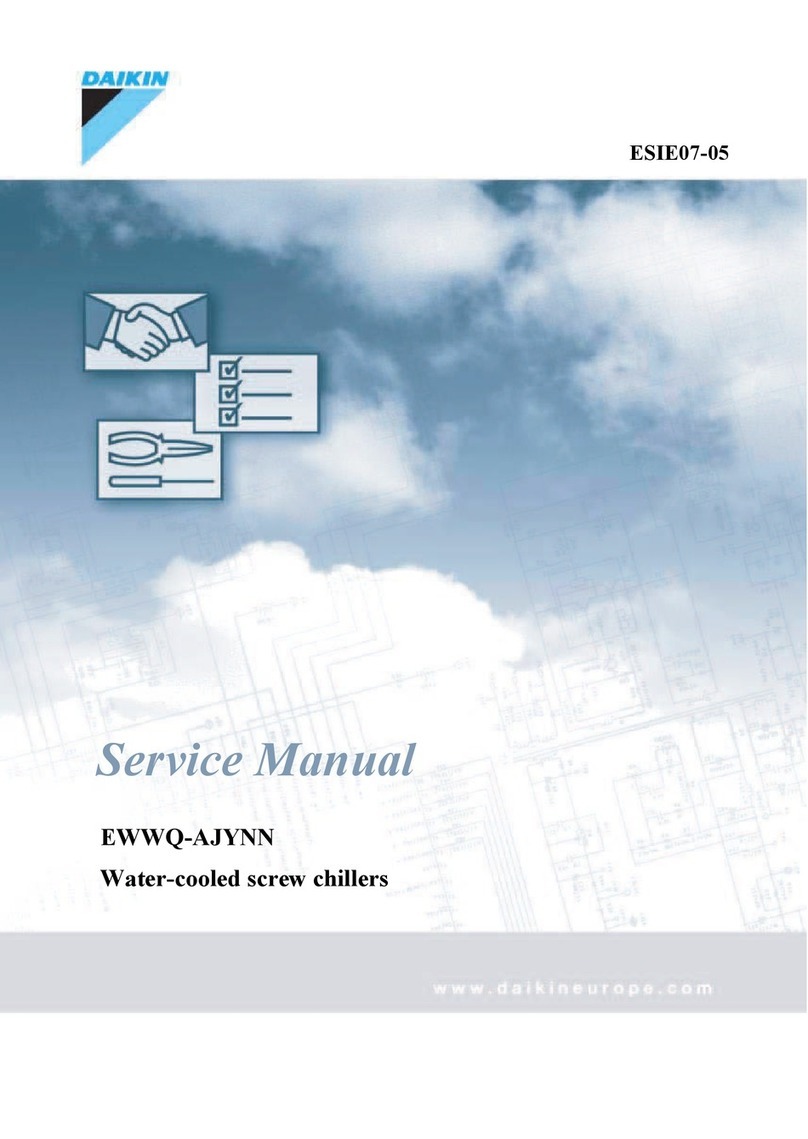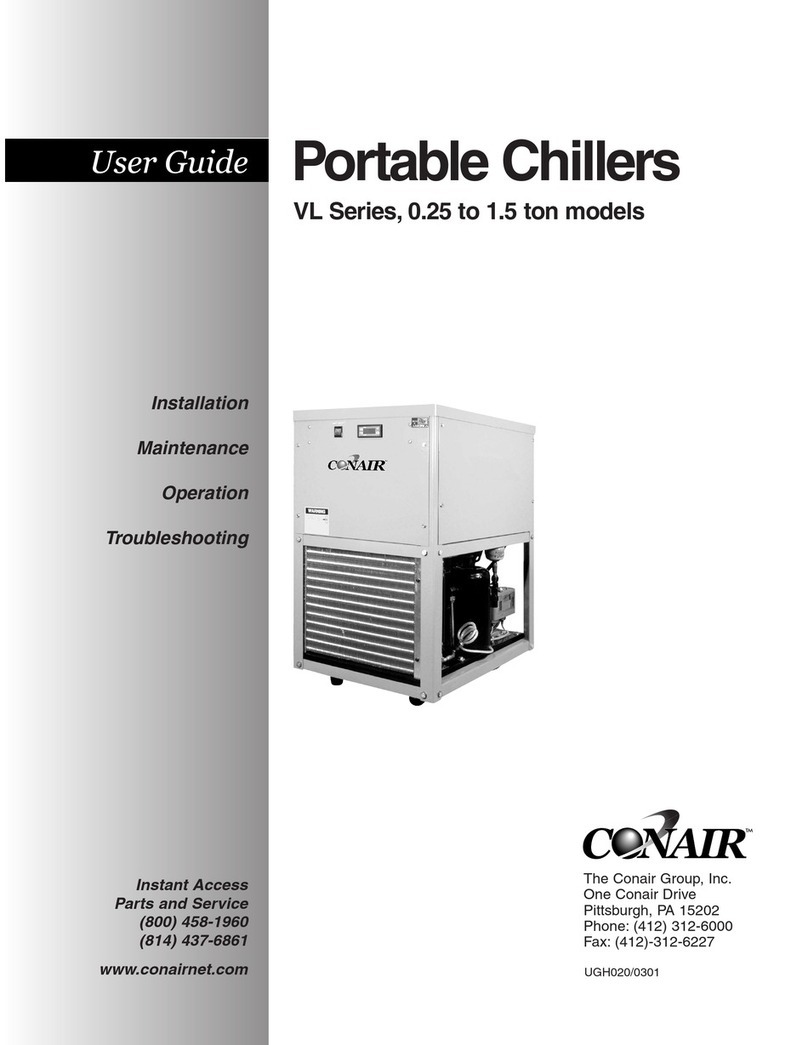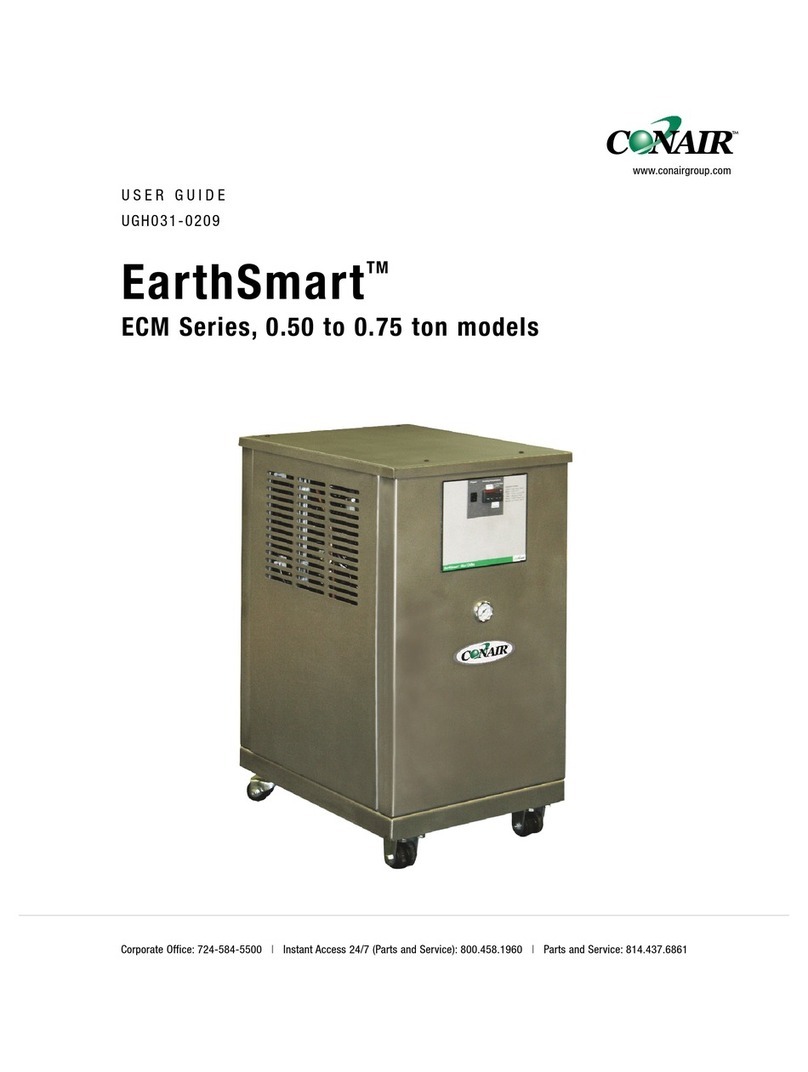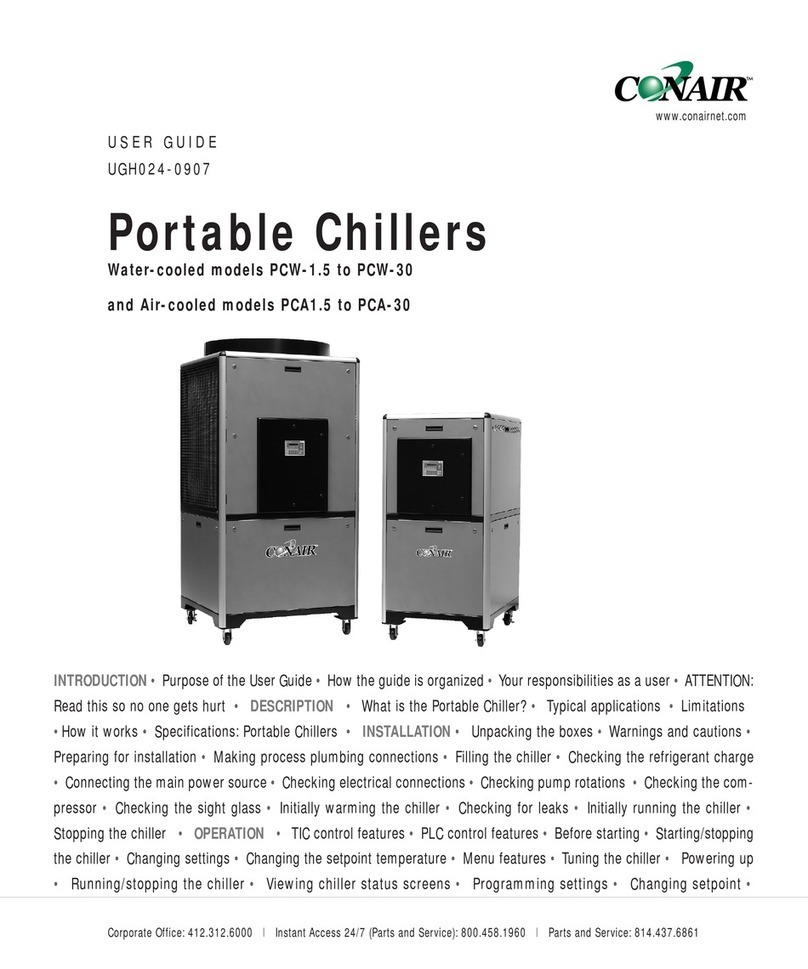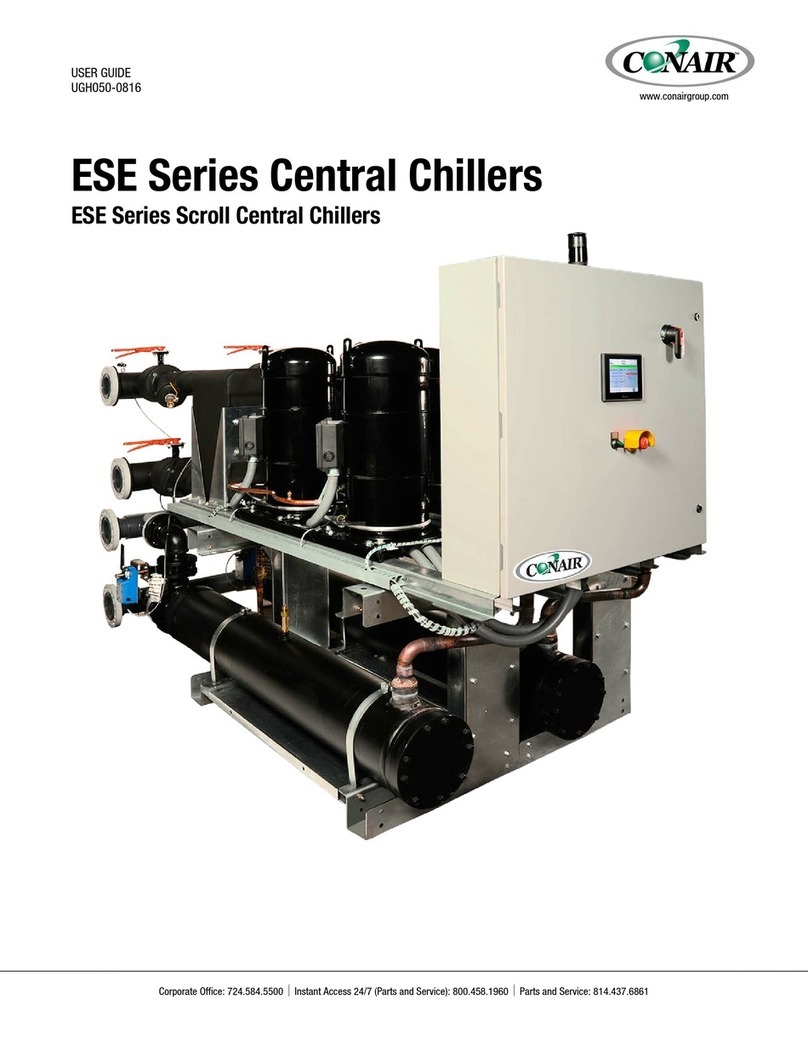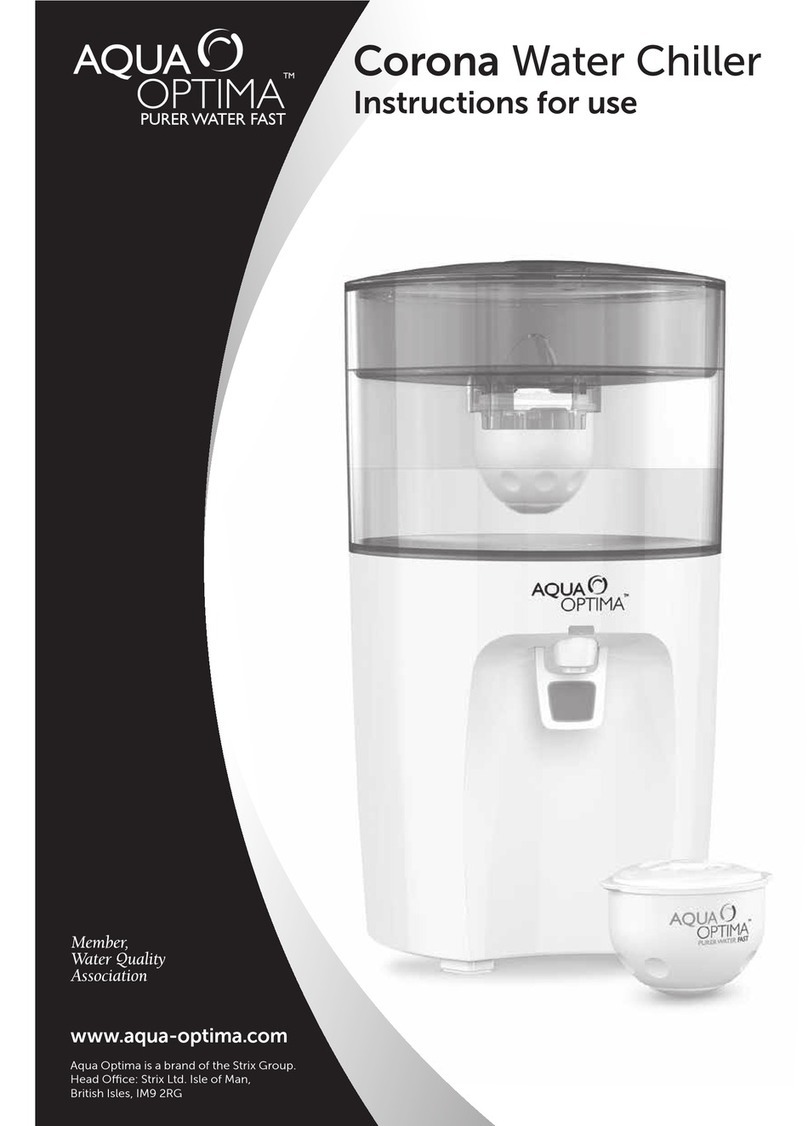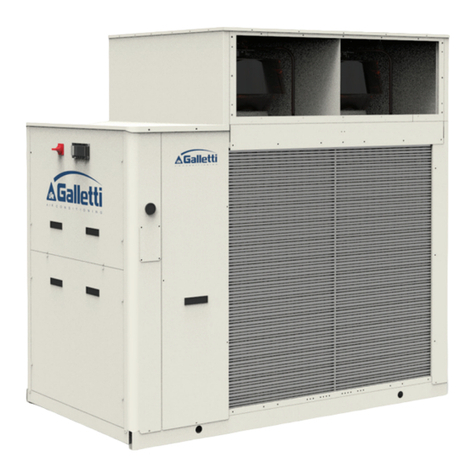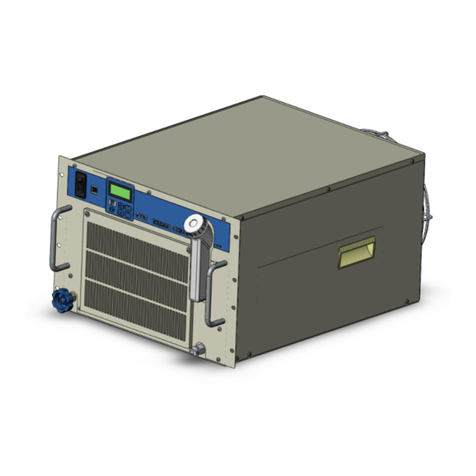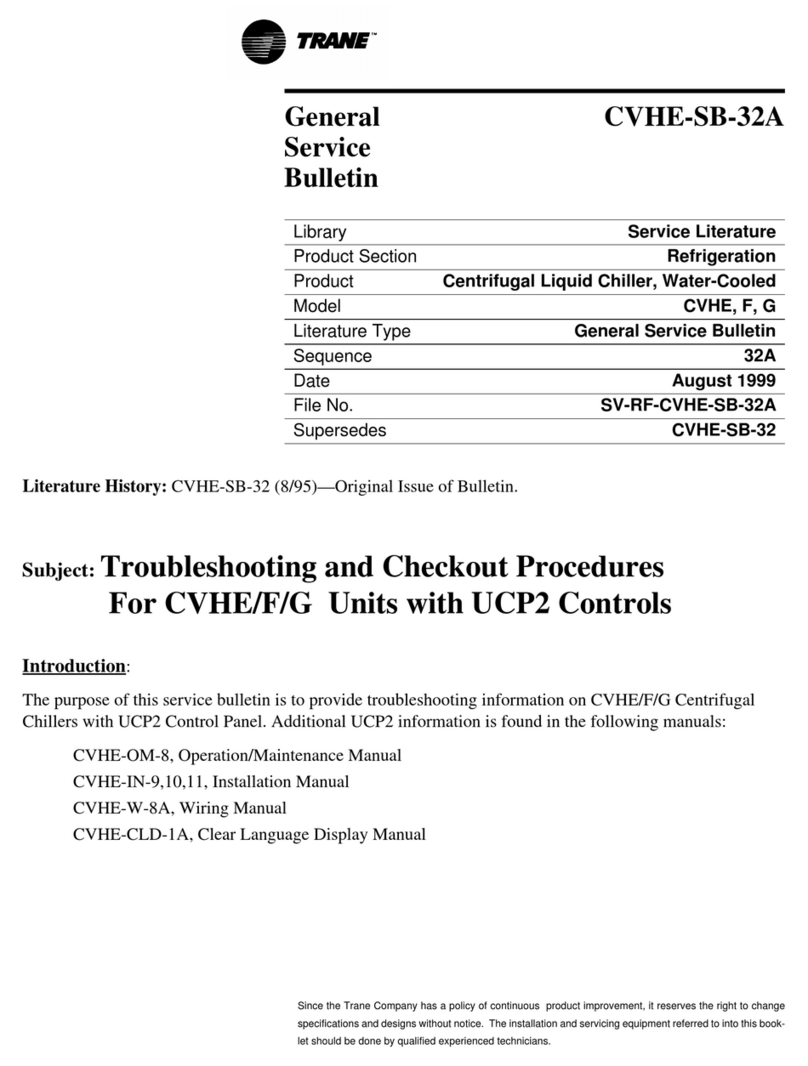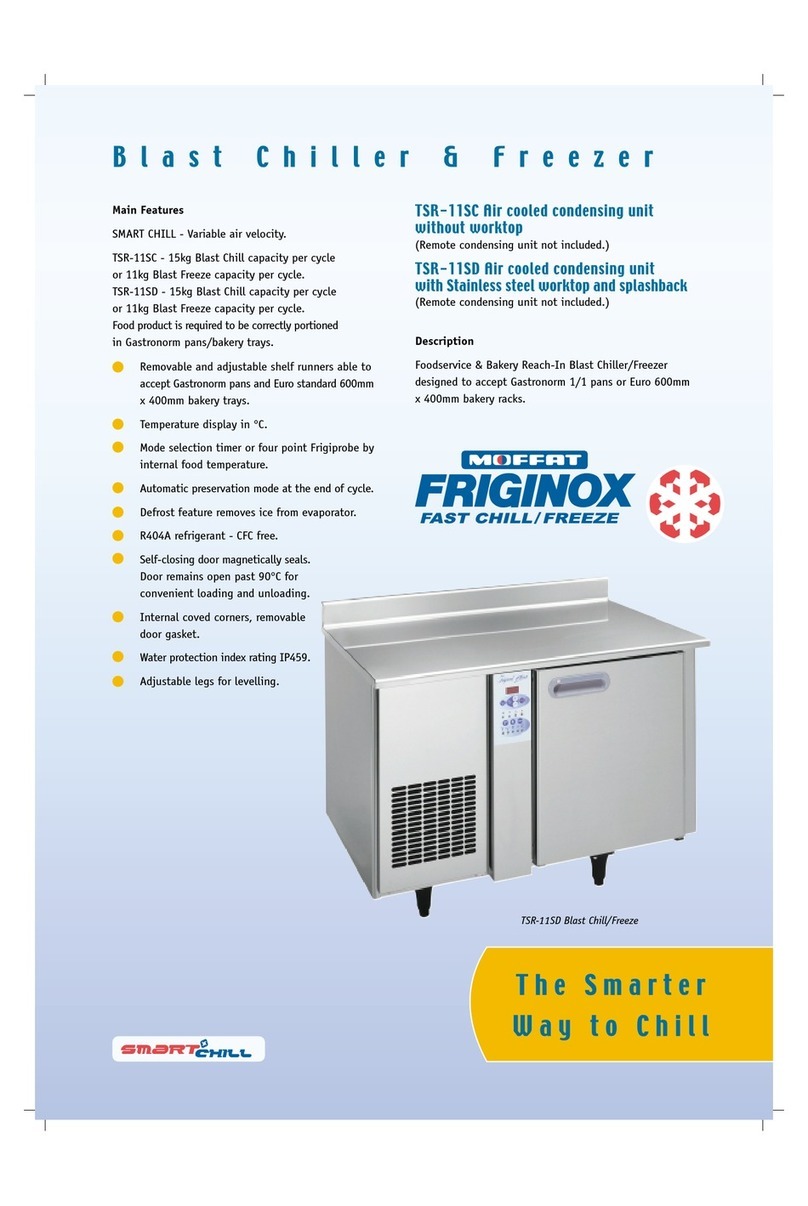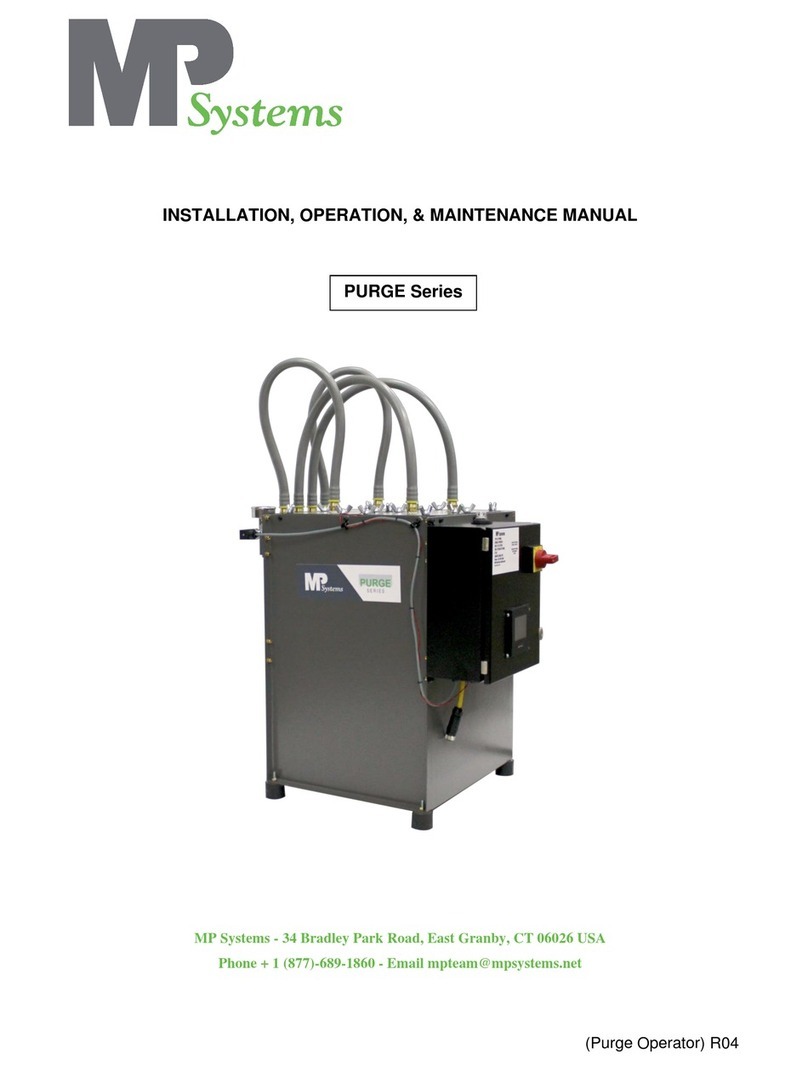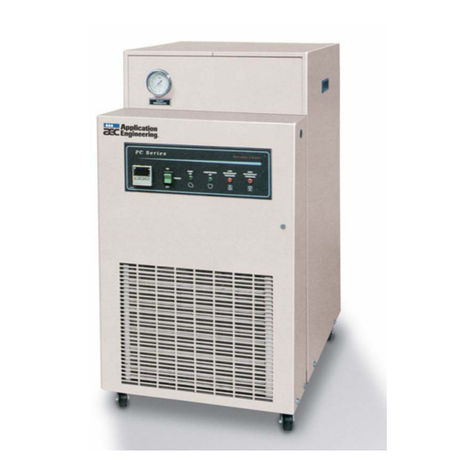
Compressor Hours Button ..........................................................................................................................................................................15
Pump Hours Button.......................................................................................................................................................................................16
Pump Test Button...........................................................................................................................................................................................16
Display/Program Button..............................................................................................................................................................................16
Up Button ..........................................................................................................................................................................................................16
Down Button ....................................................................................................................................................................................................16
Control Power On LED..................................................................................................................................................................................16
Autostart Signal LED......................................................................................................................................................................................16
Pump LED ..........................................................................................................................................................................................................17
Hot Gas Bypass LED.......................................................................................................................................................................................17
Compressor #1 LED.......................................................................................................................................................................................17
Compressor #2 LED.......................................................................................................................................................................................17
Temperature Limit LED.................................................................................................................................................................................17
Electrical Phase Error LED............................................................................................................................................................................17
Low Flow LED ...................................................................................................................................................................................................17
Freezestat LED .................................................................................................................................................................................................18
Low Reservoir Level LED ..............................................................................................................................................................................18
Compressor Recycle LED.............................................................................................................................................................................18
High Refrigerant Pressure LED..................................................................................................................................................................18
Low Refrigerant Pressure LED ...................................................................................................................................................................18
Program Mode LED .......................................................................................................................................................................................18
Set Point Temperature Display .................................................................................................................................................................18
Process Temperature Display ....................................................................................................................................................................18
Program Menu.................................................................................................................................................................................................19
Table 8 - Controller Program Menu...................................................................................................................................................20
Table 9 – Controller Control Fault Logic ..........................................................................................................................................21
SPI Communications (Optional) ...............................................................................................................................................................22
Table 10 - SPI Parameters ......................................................................................................................................................................22
Modbus RTU (Optional)...............................................................................................................................................................................23
Table 11 – ModBus RTU Option Parameters (Integer Values).................................................................................................23
Table 12 – ModBus RTU Option Parameters (Floating Point Values)...................................................................................24
Optional Controller Operation ................................................................................................................................. 26
Start-Up Screen & Contact Information................................................................................................................................................26
Main Screen......................................................................................................................................................................................................26
Local/ Remote Button (Press to Toggle) ..........................................................................................................................................26
Start Button..................................................................................................................................................................................................26
Stop Button..................................................................................................................................................................................................26
Set Point Temperature Display & Entry............................................................................................................................................26
Actual Supply Water Temperature Display .....................................................................................................................................26
Alarms Button .............................................................................................................................................................................................26
Setup Button ...............................................................................................................................................................................................26
Process Diagnostic Button.....................................................................................................................................................................26
Refrigereration Diagnostic Button......................................................................................................................................................26
Active Alarms Screen ....................................................................................................................................................................................27
Alarm Reset Button...................................................................................................................................................................................27
Alarm History Button ...............................................................................................................................................................................27
Main Button.................................................................................................................................................................................................27
Alarm History Screen ....................................................................................................................................................................................27
Up and Down Buttons .............................................................................................................................................................................27
Acknowledge Button................................................................................................................................................................................27
